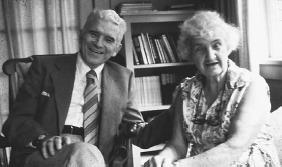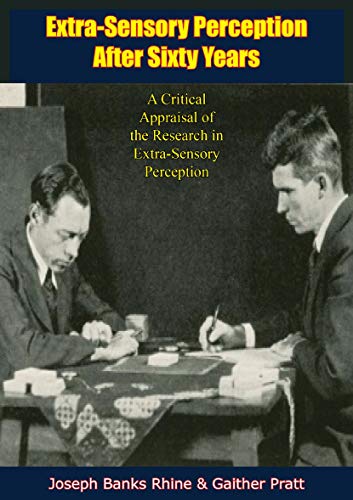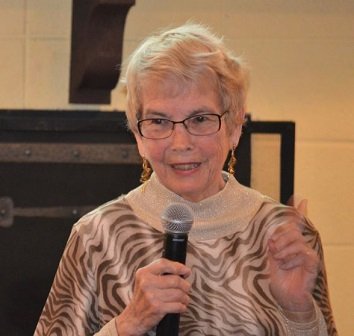
In my second book “Calliope O’Callahan and the Dowsers”, Callie befriends a Brazilian healer by the name of Isabelle. Brazil has a long and tolerant respect for psi-related abilities with at least two parapsychology facilities studying the phenomena. What Isabelle practices is a form of healing called Reiki.
This is what the Google AI chatbot found:
What is Reiki and how is it done?
It’s a gentle, non-invasive energy healing practice that promotes deep relaxation and inner peace based on the belief that there is a universal life force energy that flows through all living things and can be harnessed to promote healing and well-being.
The philosophy of Reiki is rooted in the belief that we are all connected to a source of universal energy, which is often referred to as “Ki” or “Chi.” This energy is vital for our physical, mental, and emotional well-being, and when it is flowing freely, we are healthy and balanced. However, when our energy is blocked or disrupted, we can experience pain, illness, and emotional distress. This is often stated as having a blocked Chakra point in the body.
Reiki practitioners believe that they can use their hands to channel this universal energy to help heal others. By placing their hands on or near the recipient’s body, they can help promote relaxation, balance the energy flow, and support the body’s natural healing processes.
It is typically administered in a series of sessions, each lasting for around 60 to 90 minutes. During a session, the recipient lies fully clothed on a massage table or sits comfortably in a chair. The practitioner places their hands on or near the recipient’s body and uses gentle touch to help promote relaxation and energy flow.
Although psi-related healing practices are accepted in other parts of the world, especially in South America, the issue is how Reiki may be adopted into the current medical practices and hospitals in the United States. Since medicine in the U.S. is arguably a for-profit model, with the insurance companies paying the practitioners, and it is highly regulated requiring medical personnel to be educated and certified, Reiki is not easily accepted.
The Rhine research meeting had a Reiki practitioner discussing how the Cancer Center at Duke is integrating other forms of healing (acupressure, acupuncture, meditation) into its program for a more “integrated” healing experience. Before the Enlightenment, spiritual and natural healing practices were the norm, but scientific materialists removed those instead of scientifically sound medical practices. But humans are not machines and medical knowledge encompasses about 30% of what is going on in the human body, an integrated system.
What is frustrating for physicians and pharmaceutical companies is the human’s ability to spontaneously heal from a disease state, or to use natural functions to reverse a chronic condition. We do not understand the process because there is little money to be made in either of these situations so little money goes into researching them.
One of the arguments made during the research meeting is that non-medical healing techniques shouldn’t be part of the overall medical establishment and that it was never intended to be partnered with the for-profit medical model. I’m of two minds about this. On the side of keeping Reiki in the hands of the Reiki practitioners, I agree that if you have healing hands, give freely of your skill to those in need. On the side of regulating non-medical healing practices, some people are egregiously taking money from the desperate and those who are self-deluded into thinking they’re healers and advertise erroneously. The work that the Forever Family Foundation is doing might serve as a template for Reiki and other styles of non-medical healing techniques. They test the mediums that work with the bereaved friends and family of those who have passed on to make sure they are the genuine articles. It need not be as strenuous a certification as a medical practitioner requires, but at least provide a level of trust that is otherwise currently lacking.
Note: This blog post does not recommend that you forego medical treatment by a licensed medical provider.




